- KOLÁŘ, Pavel. Rehabilitation in clinical practice. Second edition. Prague: Galén, [2020]. ISBN 978-80-7492-500-9
- COOPS, Michelle. Pilates: fit for body and mind. Translated by Monika KITTOVÁ. Prague: Rebo International CZ, 2018. ISBN 978-80-255-1053-7
- healthline.com - These 19 Benefits of Pilates Will Inspire You to Fire Up Your Core. Healthline. Roxy Menzies
Pilates: exercises for body and mind health + 5 back exercises
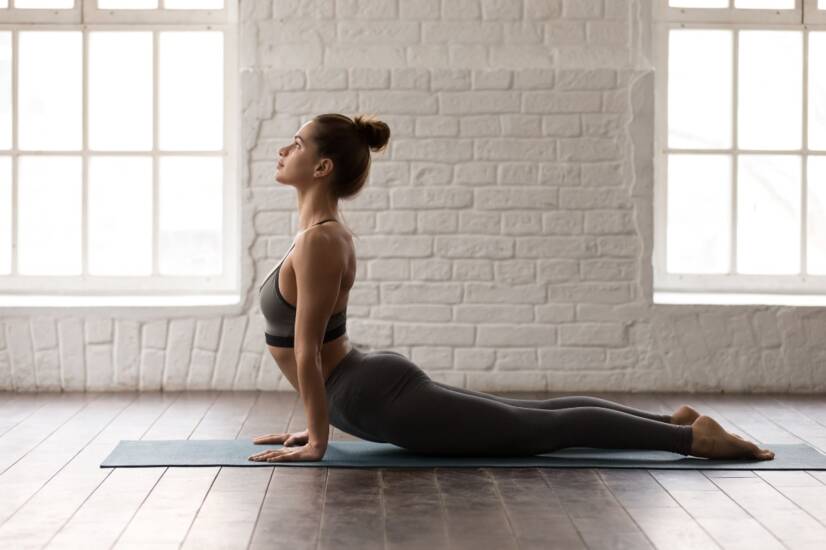
Pilates is an exercise aimed at musculoskeletal health and inner harmony of body and mind. What are the principles of the Pilates method and exercise? For whom is it suitable and for whom not?
Article content
Pilates is a modern exercise method focused primarily on the health of the spine and stabilization system of the body. It also increases fitness, muscle strength, relaxes overworked muscles and harmonizes the mind.
What are the basic principles of Pilates, suitable exercises for the back and many other interesting information you will learn in the article.
History of the Pilates method
The founder of the Pilates method is Joseph Hubertus Pilates, who tried to devise a system of exercises under conscious control of the mind. Joseph Pilates argued that a person becomes less mobile over the course of life, and thus fixes incorrect movement stereotypes.
Due to his failing health, he tried to fight adversity and embarked on a journey of physical activity and healthy lifestyle.
He began to study anatomy, physiology, yoga, and Eastern meditation and Western styles of exercise and martial arts. He drew from all these factors in establishing his Pilates practice.
What does Pilates consist of?
It is a physical activity in which body movements are aimed at strengthening weakened muscle groups, stretching and relaxing overworked muscle groups, stabilizing and adjusting posture.
The aim of Pilates is to exercise the muscular system from the inside out - from the internal muscle groups to the external ones. The movements are performed in a controlled and fluid manner, without swinging or excessive speed.
An important exercise principle of the Pilates method is regular conscious deep breathing.
Pilates is a preventive, conditioning, restorative and compensatory exercise for all ages.
When performed correctly, Pilates exercise leads to:
- Improved body stability
- Increase mobility
- Elimination of muscular imbalances
- Improving muscle coordination
- Eliminate stress
- Teaching proper breathing
- Increase blood circulation
- Improving bowel peristalsis
- Support metabolism
Read also: McKenzie method as a back pain relief?
6 basic principles of Pilates
The Pilates method is primarily based on six basic principles that should form the foundation of all the movements performed:
- Breathing
- Center
- Check
- Concentration
- Precision
- Fluency
Today, there are many variations and types of Pilates. Pilates, which comes from the founder, is built on these six basic principles. Each exercise is designed to incorporate all six elements.
Without the right instructor to teach you the principles, proper posture and exercise technique, it is possible that the exercise program will not have the desired effect.
Nowadays, it is possible to find a large number of variations and specifications of Pilates.
Pilates exercises aimed at stretching and recovery, power-pilates for building muscle fitness, pilates for back pain, rehabilitation pilates or pilates for pregnancy and many other variations.
Breathing
Proper physiological breathing is an essential component not only for the functioning of the cardiovascular and respiratory systems, but also for the actual execution of the exercise movements.
Breathing during any exercise is either stimulatory or inhibitory. It helps with awareness of the muscles being activated.
Breathing during exercise is smooth, conscious and deep with emphasis on mid-body stability.
Centre
The group of muscles that create the center and stability of the body is called the deep stabilizing system. Its activation and strength is important for a proper foundation for performing exercise movements. All body movements in Pilates are initiated from the center of the body.
Control and concentration
Full attention and concentration on the details of the exercise being performed, along with conscious breathing, increase control over the body and mind. They reduce the potential risk of injury.
Concentration on the movement helps to master the correct technique of each exercise and makes the expected effect of the exercise on the body more effective.
Accuracy
This is an emphasis on quality of exercise over quantity. Fewer exercises performed correctly is preferable to a greater number of exercises with improper technique. Precision leads to increased effectiveness of the positive effects of Pilates.
Fluency
Fluency is characterised by the smooth flow of exercises one on top of the other. The exercise becomes a graceful and pleasurable movement. There is some emergence of movement choreography.
For whom is Pilates suitable and for whom is it not suitable?
If you have had surgery, are pregnant or are unsure about the suitability of any form of Pilates for your condition, please consult your doctor or physiotherapist beforehand.
Indications:
- Prevention of musculoskeletal disorders
- Correction of muscular imbalances
- Shortened muscles
- Weakened muscles
- Prevention of osteoporosis
- Chronic spinal pain
- Pregnant women and women after childbirth
- Continuation of rehabilitation treatment
- Compensation for athletes
- Body shaping
- Weight loss and metabolic support
Contraindications:
- Acute inflammatory process in the body
- Unhealed surgeries and fractures
- Feverish conditions
- Cachexia and excessive fatigue
- Occurrence of pain during exercise
- Serious pathologies of the spine
- Cardiovascular incompetence
Examples of Pilates exercises for a healthy back
The following are examples of Pilates exercises suitable for the prevention of spinal and musculoskeletal health. These are strengthening and stretching exercises to correct muscular imbalances of the back area.
However, if you are unsure of their suitability for your condition, do not practice them and consult your doctor beforehand.
Cobra
The basic position is lying on the stomach, upper limbs bent at the elbow joints and palms resting on the mat. The limbs are extended full length with the toes extended and the backs of the feet touching the mat.
During the exercise, the spine and head are slowly flexed while the body is pulled away from the hands. The hands are pulled away from the ears. There is a smooth stretching of the abdominal wall, chest and ribs and a temporary compensatory change in the curvature of the spine.
Faults: swaying rapid movement, irregular breathing.
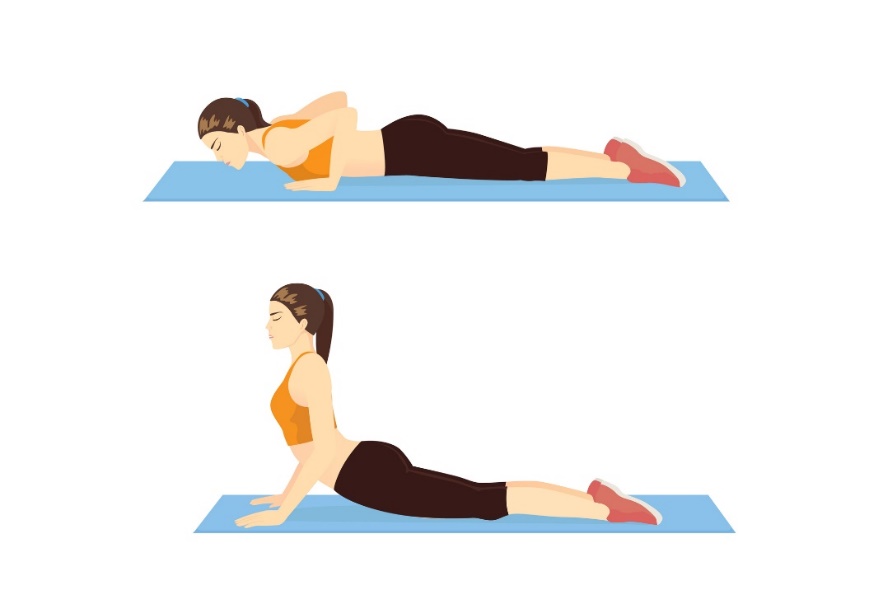
Child
The basic position is supine. The head is in extension of the spine, the arms are freely lowered from the ears and the hands are placed palms down. The lower limbs are freely extended throughout their length.
There is a smooth, slow pulling and shifting of the lower limbs towards the back of the head. In a milder version, there is a bending at the knee joints and the knees are pulled towards the chest.
In the extreme position, the spine is stretched throughout its entire length, relaxing the pelvis and hips.
Faults: quick swing movement, holding the breath.
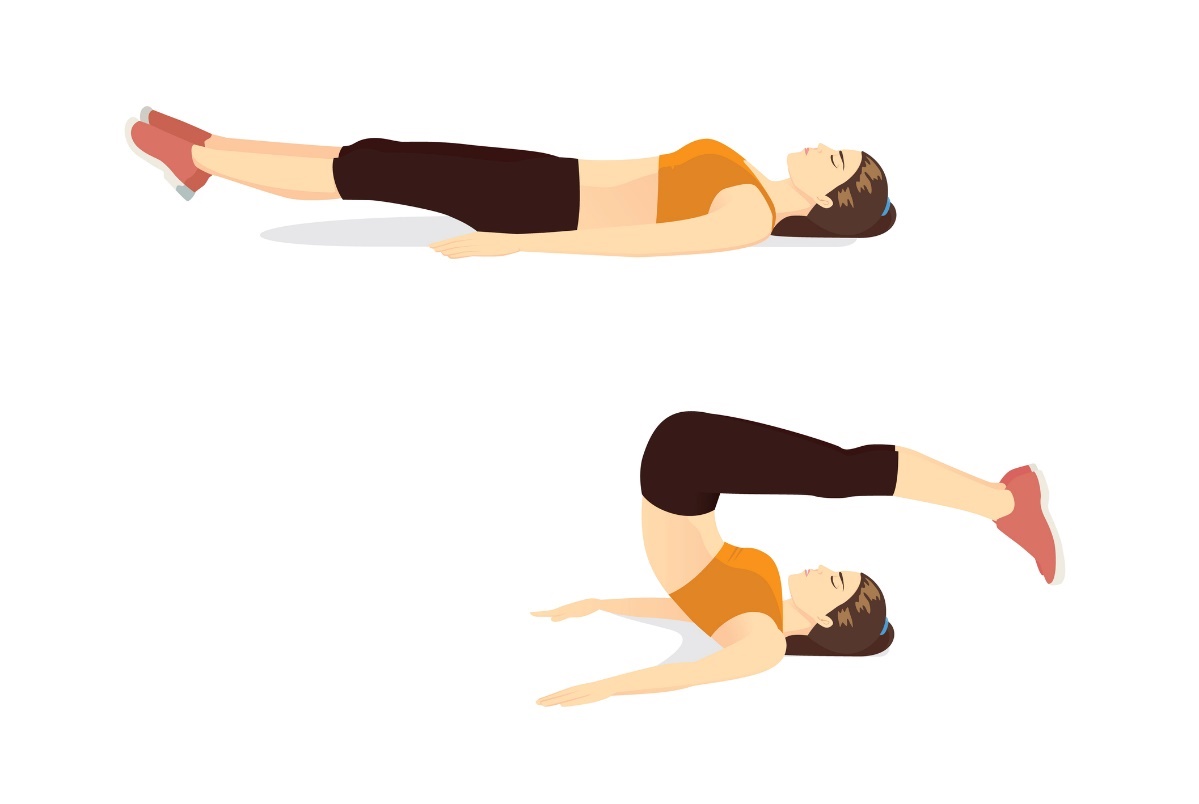
Cat
The starting position is on all four limbs on the mat. The hands are palms down at shoulder width joints, fingers pointing forward. The knee joints are approximately pelvic width apart and the thigh bones are at right angles to the torso.
The spine is in flexion and increased lordosis with the head.
The practitioner transitions smoothly from the first position to the second position. The practitioner arches the back as far as possible and lowers the head loosely over the shoulders and down onto the mat. Both positions should be relaxing in some way.
The alternation of positions involves stretching the spine, mobilising the pelvis and stretching the abdominal wall and chest.
Faults: rapid oscillating movements, short endurance in extreme positions, irregular breathing, instability of the limbs.
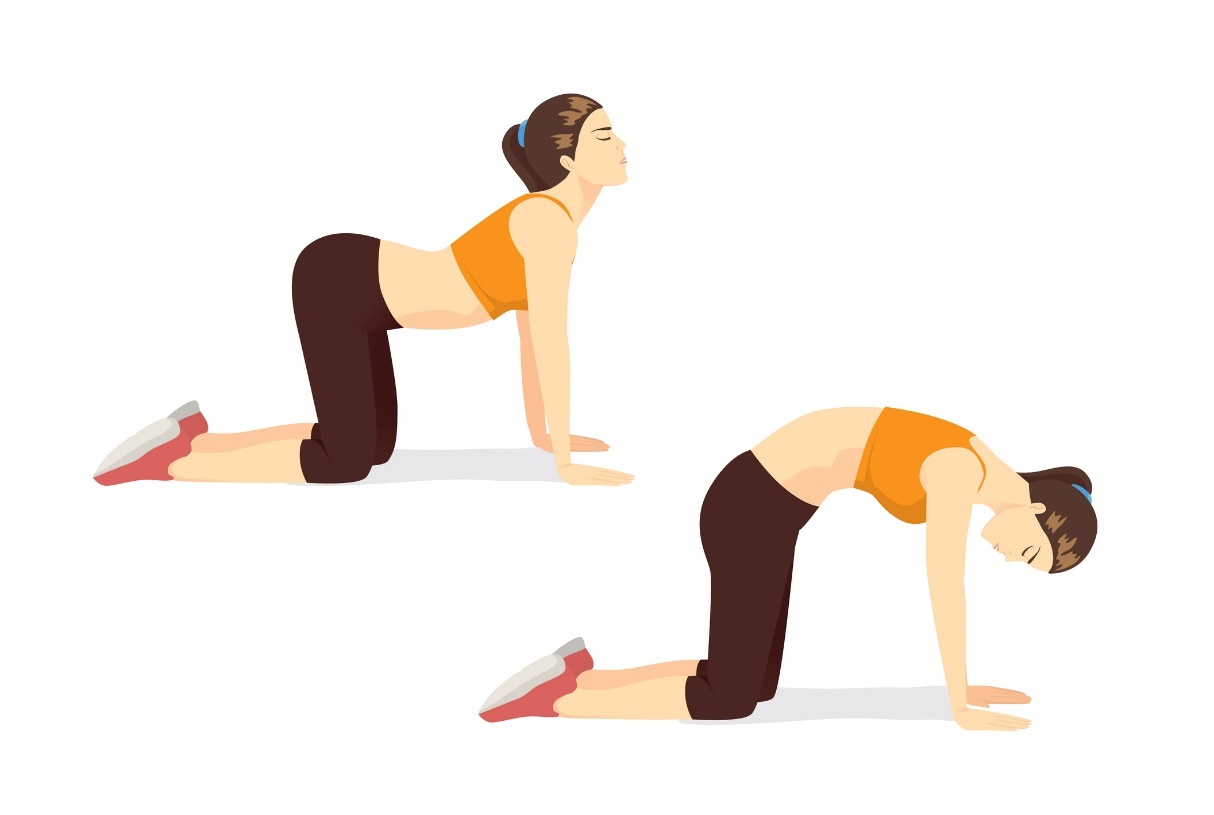
Stretch
The basic position is based on the planck. The body rests on the toes and forearms of the upper limbs. Most of the body is slightly off the ground, the spine is physiologically straight and the head in extension.
During the exercise, the pelvis is raised maximally towards the ceiling and the body is stabilised. An imaginary roof is created. The straightness of the spine is not altered, however. The abdominal muscles are primarily activated and the centre of the body is stabilised.
The imaginary roof is created by the position of the upper body.
Faults: arched back, relaxed abdominal wall, breath holding, over-activation of the trapezius muscles.
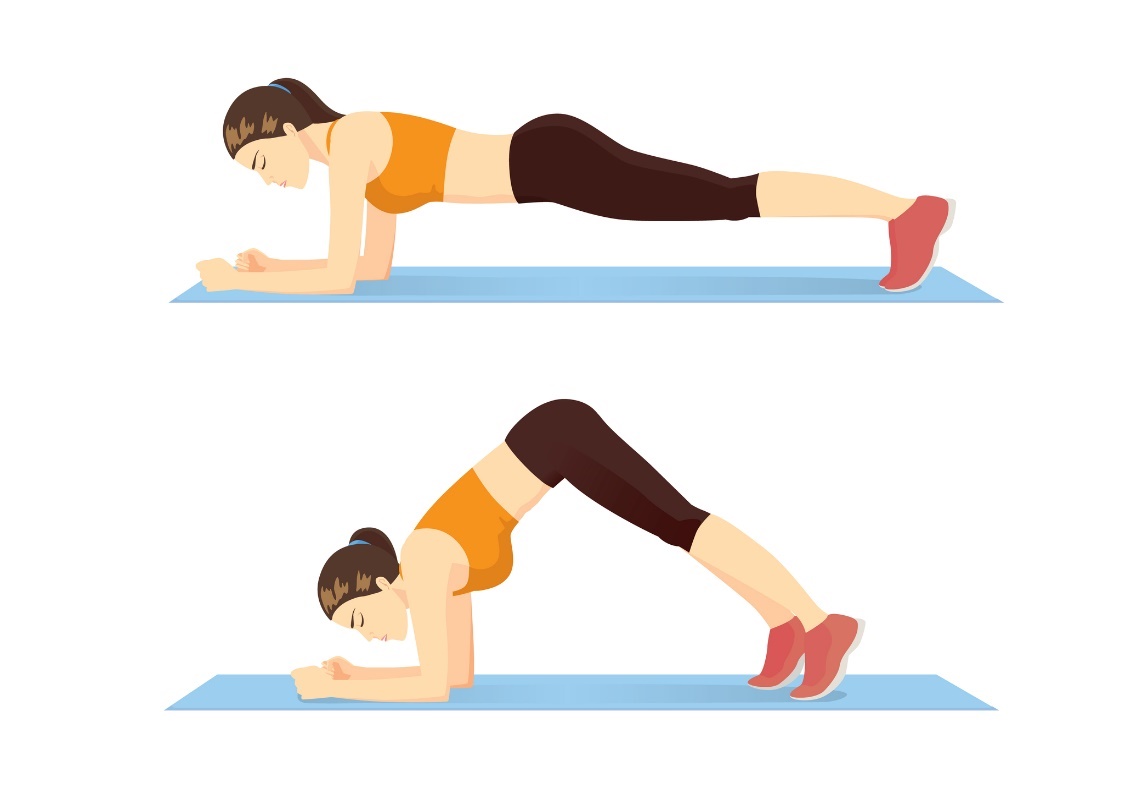
Raising the pelvis
The starting position is lying on the back with the lower limbs bent at the knee joints. The feet are glued to the mat. The back is straight and the head in natural extension.
The arms are pulled away from the ears and the hands are placed loosely along the body, palms down.
Elevation occurs while looking. Vertebra by vertebra, the pelvis is gradually lifted to the ceiling with contraction of the gluteal muscles. During the exercise, the shoulder blades are stably glued to the mat. The aim of the exercise is mainly to shift the gluteal muscles and stability of the centre of the body.
Faults: fast movement, sagging in the lumbar spine, irregular breathing, short endurance in the upper position.
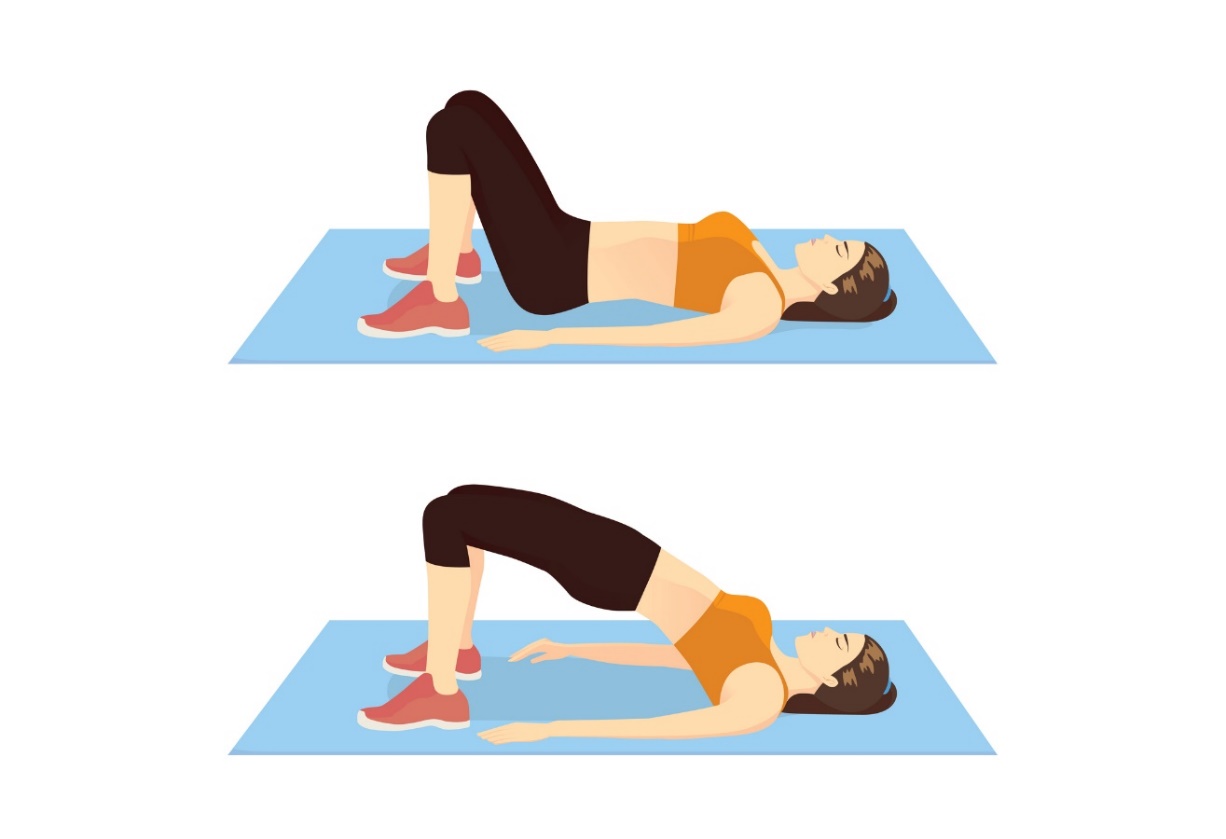
Difference between Pilates and yoga
The founder of Pilates was inspired by yoga, among other things. Both exercise and spiritual directions have a similar goal, namely the prevention of health, the strengthening of the musculoskeletal system and the harmony of mind and spirit.
Nowadays, both Pilates and yoga have many modern variations and specific forms, so they can often be similar.
Apart from certain differences in exercise methods, breathing and technique of performing the exercises, the difference is also spiritual in nature. Yoga is based on the Hindu religion, which includes meditation.
Pilates is also partly inspired by yoga but is not directly attributed to any religion.
Read also.
Interesting resources
Related










